Welcome to the Nature Section of Well Rounded. This is the first non-cornerstone article of the Nature Walk series, and we will be exploring a local gem of a park. The Riverwood Conservancy in Mississauga, Ontario, Canada.
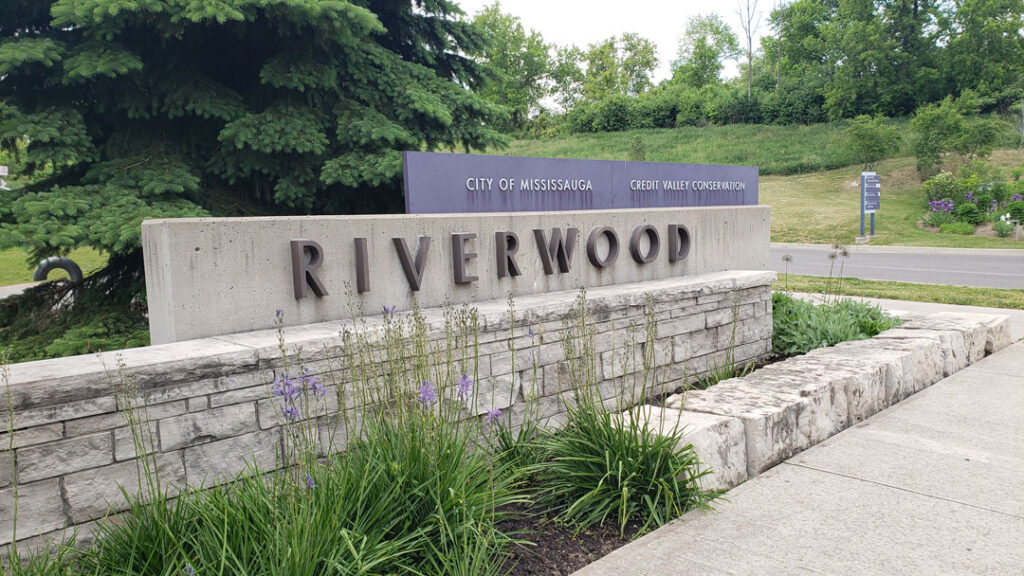
The Riverwood Conservancy
Riverwood is located at the heart of Mississauga, Ontario in Canada; in the coveted Mississauga Valley area.
It contains four parking lots, and there has rarely been a time when I could not find parking; even during peak hours. The park is open throughout the year, and it’s a beautiful treat in every season.
The park consists of the side of a forested valley leading down to the banks of the mighty credit river. Meaning there are somewhat steep slopes and trail ways. The major trails are maintained exceptionally well.
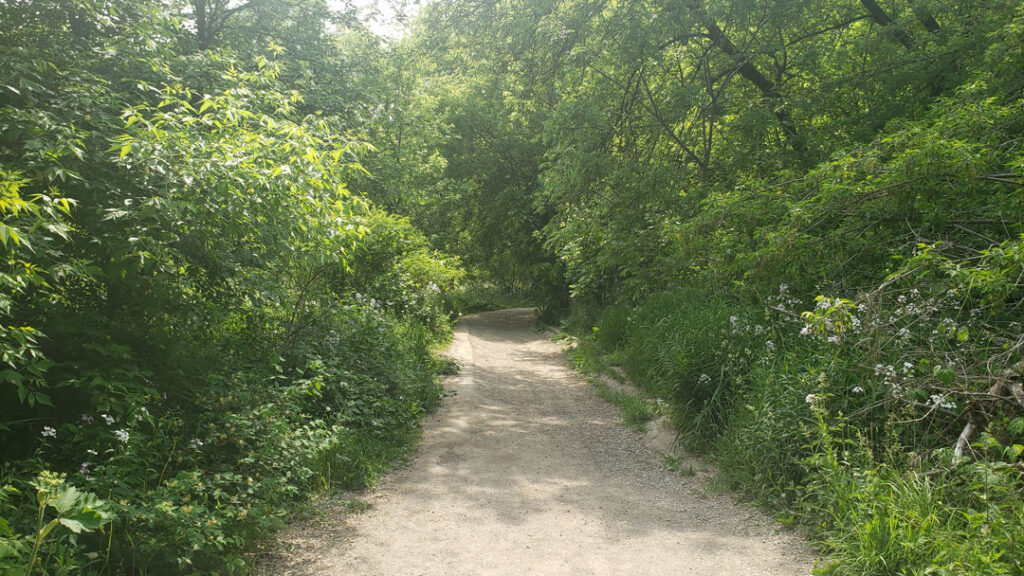
The less maintained footpaths through the foliage and off into the forest are more unruly but used enough by most adventurous hikers and bikers to leave an impression of a trail. They are definitely worth checking out as well.
Although the area is quite contained within the city; there are a variety of terrain types within the park. These terrain types are forests, tablelands, meadows, ravines, wetlands, creeks, and the Credit River.
This article is based on multiple visits during the Winter and Summer months.
What does Riverwood offer?
Riverwood is home to many community programs and allows many activities to take place on the premises.
As soon as you enter the park and start walking towards the trails, there will be a sensory path. This little section of the park should be explored by everyone during their first visit.

It gives useful knowledge of the area, including plant types, animal tracks, and interactive displays. Since covid started the displays are a bit less interactive, but what is featured here is what they had available at that time.
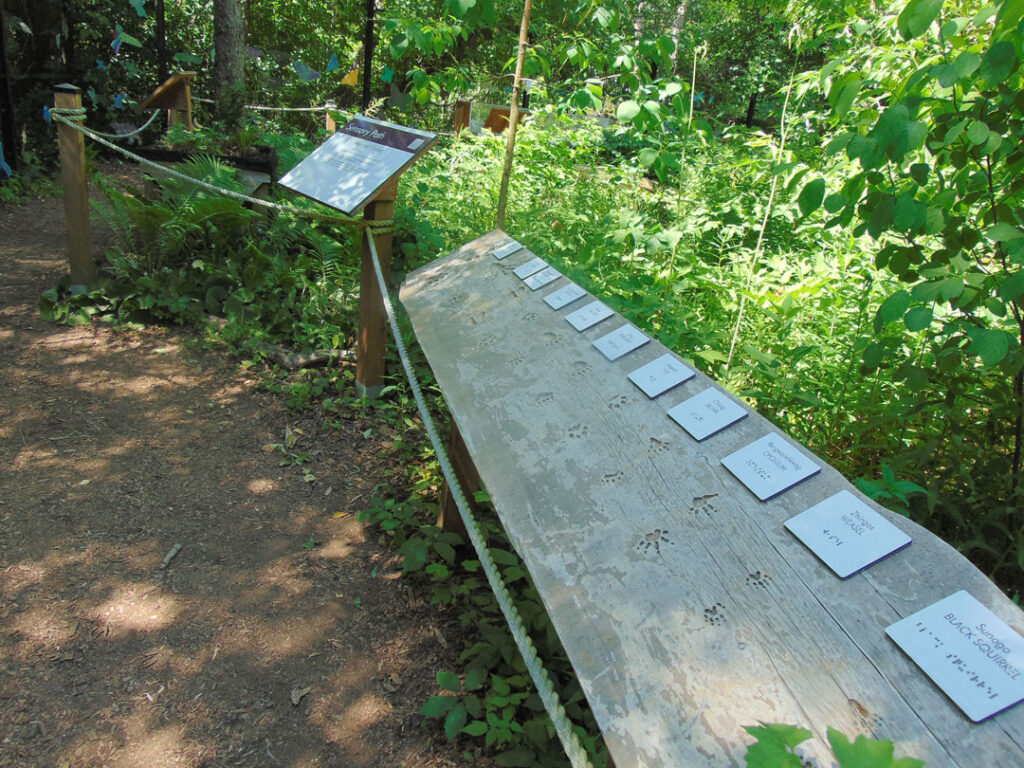
There are programs offered by the park that encourage gardening and the arts. During the flowering months, many types of flowers can be found in these gardens, as well as crafts made by the children and youth groups.
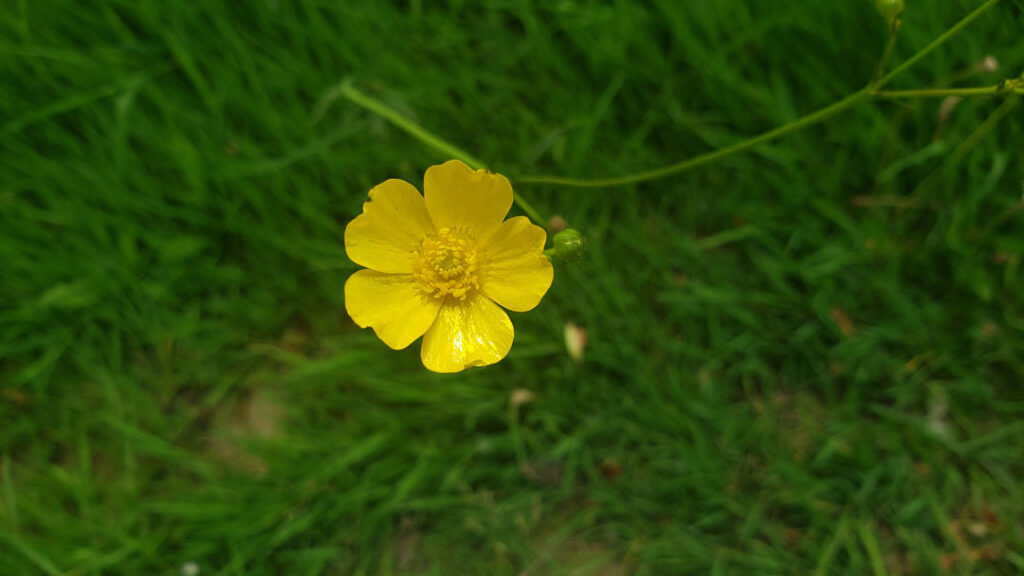
The conservancy itself has programs in place to protect, improve and restore Riverwood’s natural spaces. One program, Invasive Species Task Force, finds and removes invasive non-native plants, such as the troublesome garlic mustard. The other one, Native Plant Propagation Program (NP3), focuses on restoring the original biodiversity of the area, as well as educating the public about the value of native plants in gardens. The two programs work together to conserve as much natural habitat as possible.
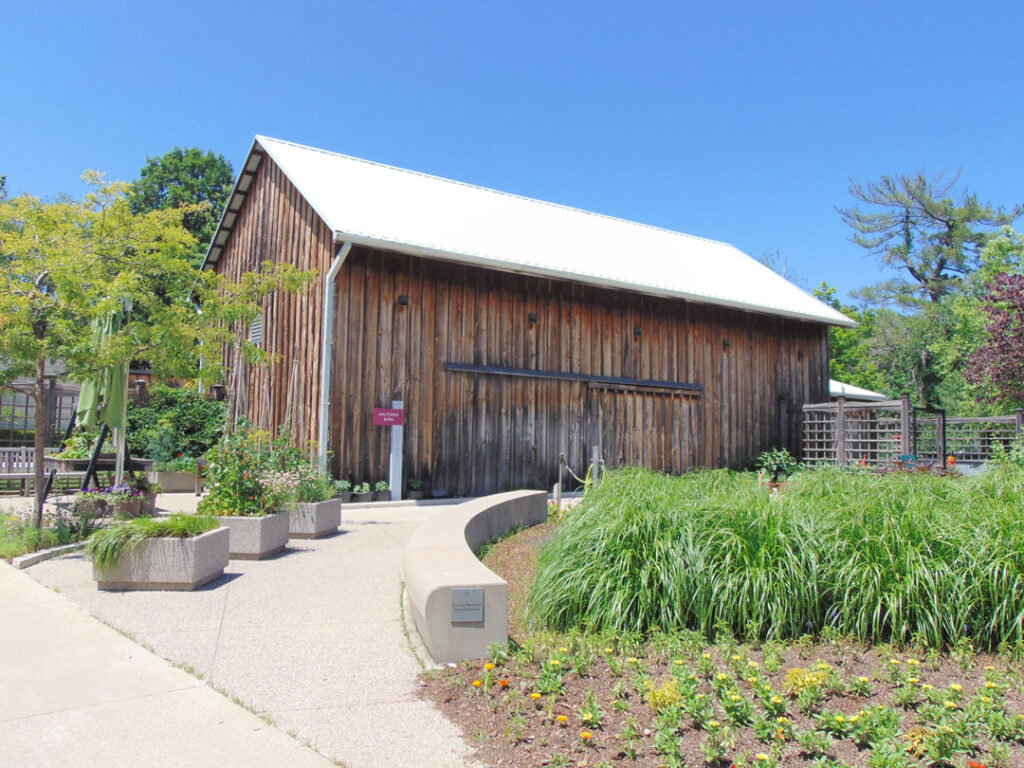
Besides the official programs conducted here, I have personally encountered many photographers, bird watchers, and fishermen, enjoying the park in a leisurely fashion. Not to mention the native flowers throughout the park.

They also allow mountain biking along the less walked upon footpaths. There are even bike trails that are not very accessible on foot that are mostly visited by the bikers.
What do people usually do at Riverwood?
People jog and walk their dogs here, have family visits and picnics, and even photoshoots at the many scenic spots around the park.

One of my favorite things to do is feed the friendly animals. The wildlife here are all used to humans and are extremely friendly. I usually bring a small bag of nuts or seeds from home, unsalted of course, for the critters to enjoy.
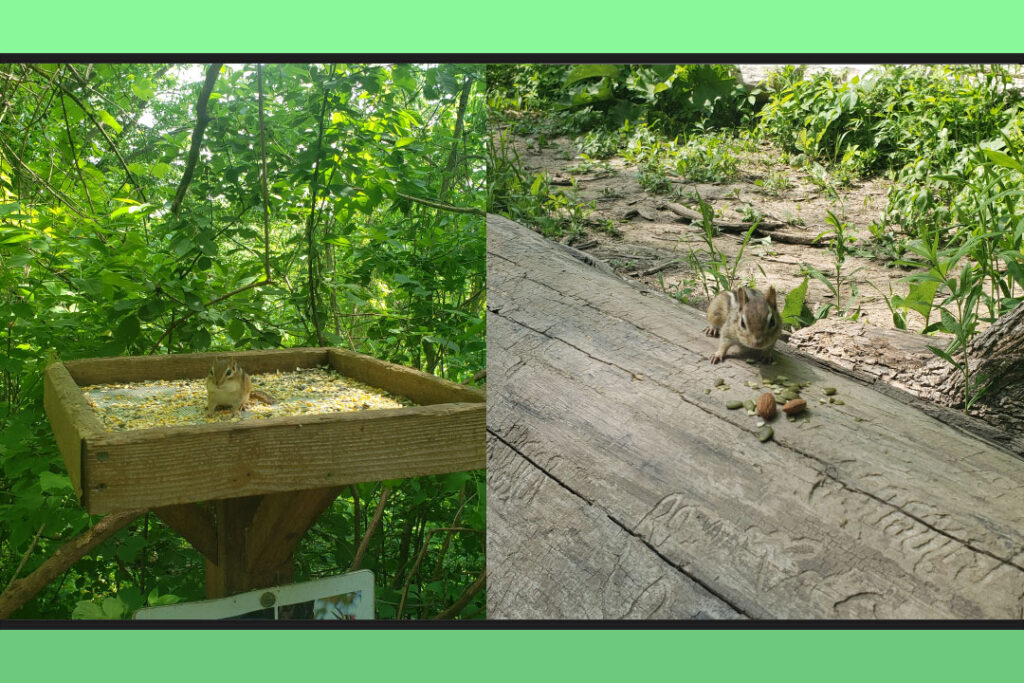
There are many old structures dotting the park, it contains a rich history which will be discussed later. However, stumbling upon old stone stairs or old bricks on a nature trail is always extra special. It makes one wonder about what used to exist in this area now taken back by nature.
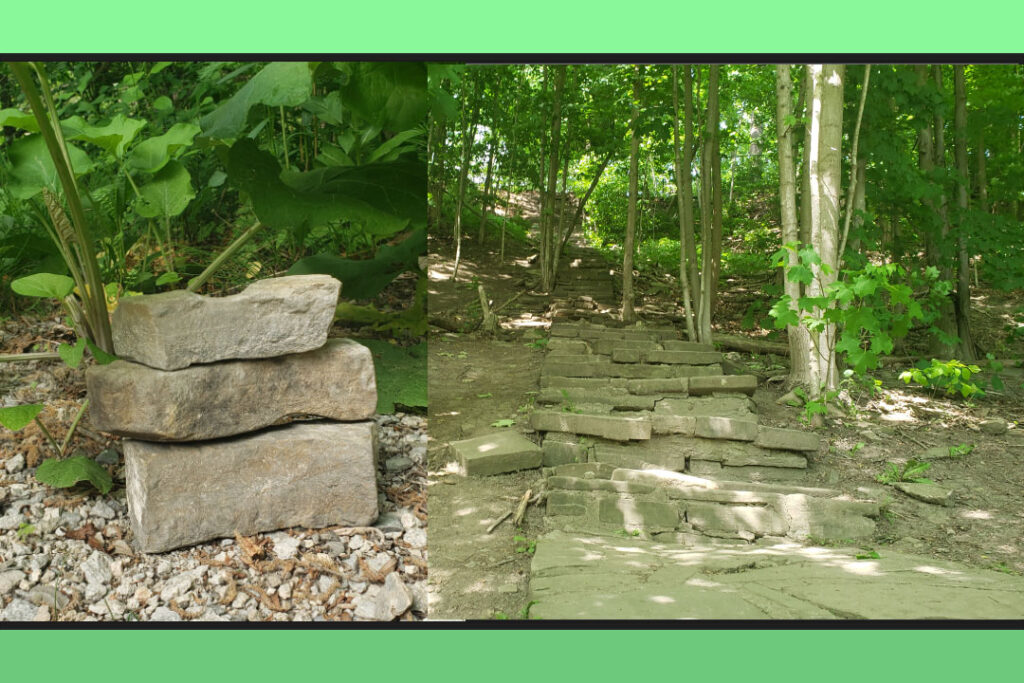
Seeing as there is lots to do at Riverwood, the most popular activity is to simply walk the trails and take in how beautifully preserved the area is.
The Riverwood Trails
Riverwood is organized by a series of trails, the main two being the Red trail and the Culham trail.
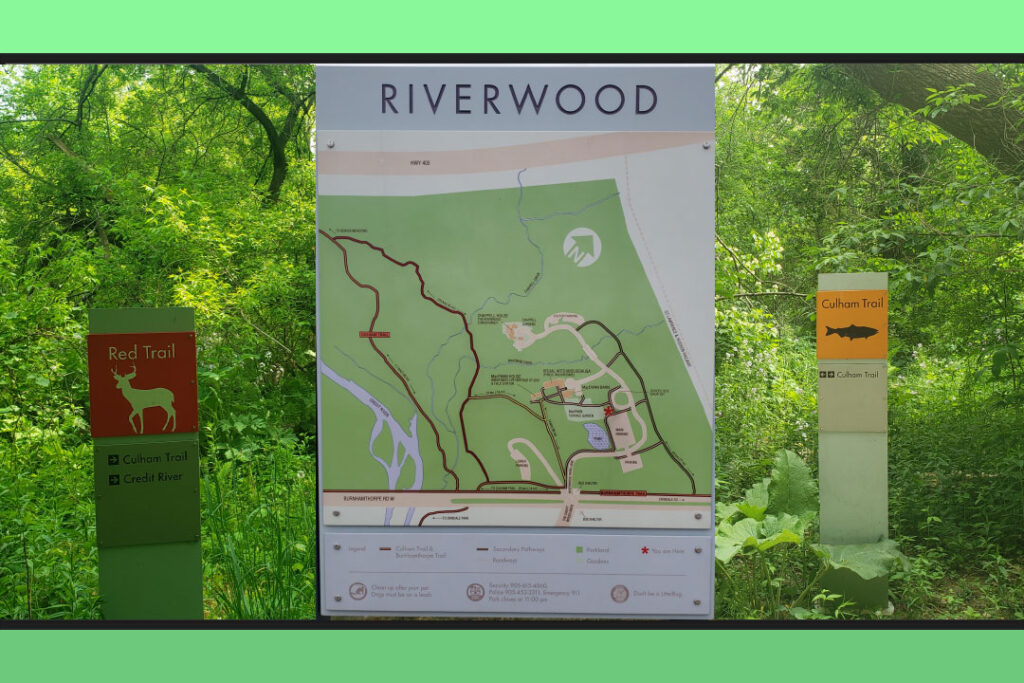
They are unpaved dirt pathways, sometimes bare and sometimes with mulch. The trails connect to other parks along the credit river, like Erindale Park and Hewick Meadows. There are many footpaths beside the main trail, which are unmarked. During the drier days of the spring, summer, and fall months all the pathways are easy to traverse. It would be up to the individual if they would want a walking stick or not.
But, during the winter months, the trails can become a slippery slide of treachery. As I mentioned previously, the park sits on the slopes of a valley. There are major trailways that must be traveled upon while ascending or descending into the valley, and they will become an icy sheet of madness in the winter if the conditions are right.
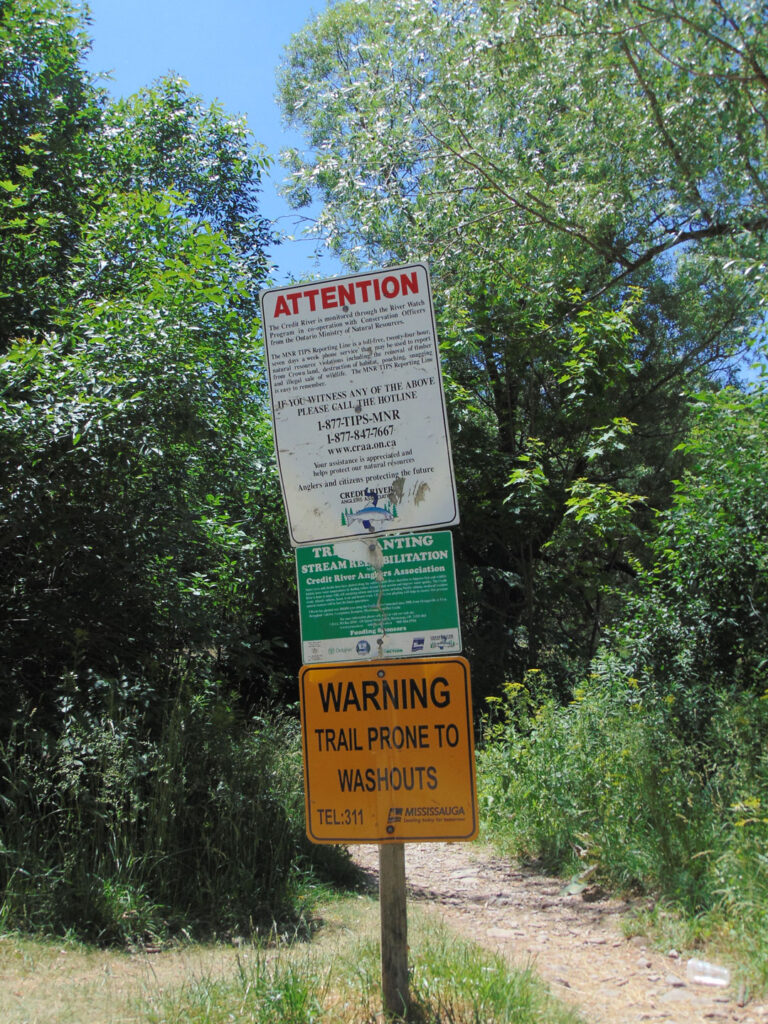
Keep safety in Mind
The only other time the trails can be hazardous is during heavy rainfalls or large snow melts. Pretty much anytime a large quantity of water is moving towards the river all at once. There is one trail that is especially susceptible to flash floods and it’s the Culham trail along the riverbed. Must be why they associate the trail with a fish.
Riverwood ensures pertinent information is received by the hikers through the use of signs.
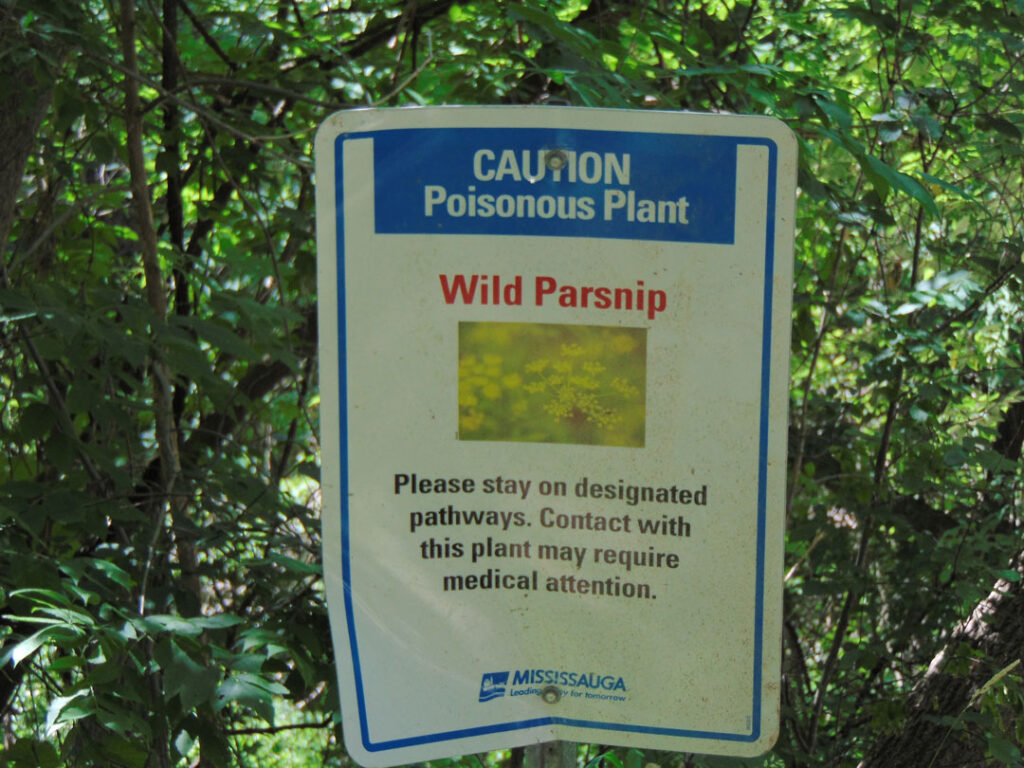
Not just about the flash floods but also about wild animals after certain times of the night and toxic plants which grow in the area.
The forested areas are mostly comprised of Sugar Maples, Bur Oak, White Oak, and tall white pines on the top layer of the forest. The sub canopy is mostly comprised of dogwood shrub and staghorn sumac. There is also European buckthorn, however, as part of Riverwoods conservation efforts mentioned earlier, invasive species like European buckthorn are removed when found.

Toxic Plants
Some native plants are also toxic, like poison ivy, the three-leafed terror. Or more commonly seen during the mid-summer months, giant hogs weed. It looks like a giant version of an ordinary non-toxic wildflower; examples are shown below.

The main trail ways are free of toxic plants, as long as you stay on the trail. The side paths however are not free from toxic plants, especially along the riverbed. Besides the exciting plants, the park is home to many varieties of animals.
Besides the fish, chipmunks, and cute little finches and robins. There are also many rodents, like squirrels and raccoons. There have been deer spotted, and also birds of prey, and oddly enough, ducks from the mallard family up on the hillside.
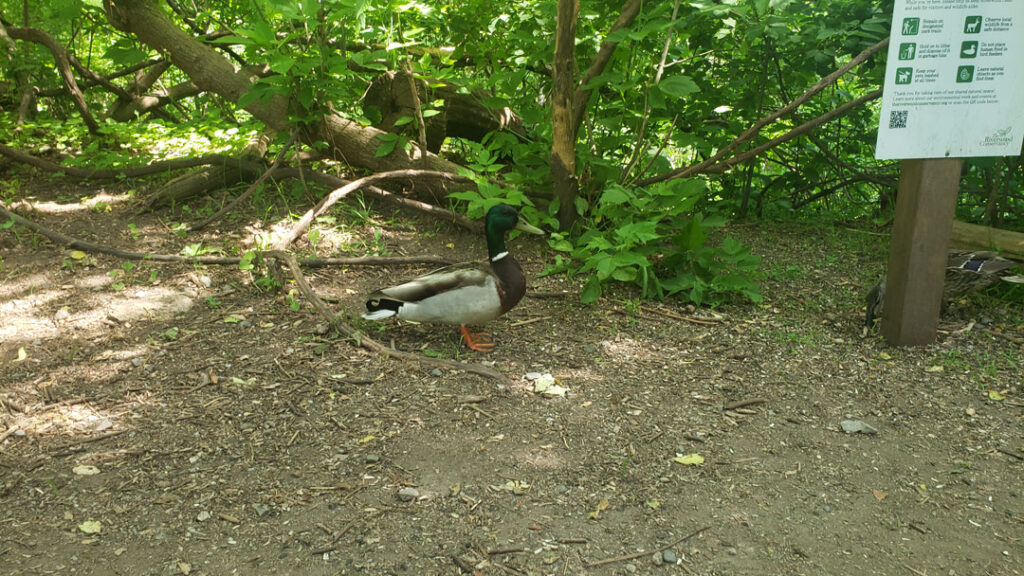
Riverwood fossils
The shores of the credit in this area, have receded in some parts and exposed the rocky riverbed. It is littered with fossils. Even the trail way that is susceptible to the flash flooding was full was fossils.
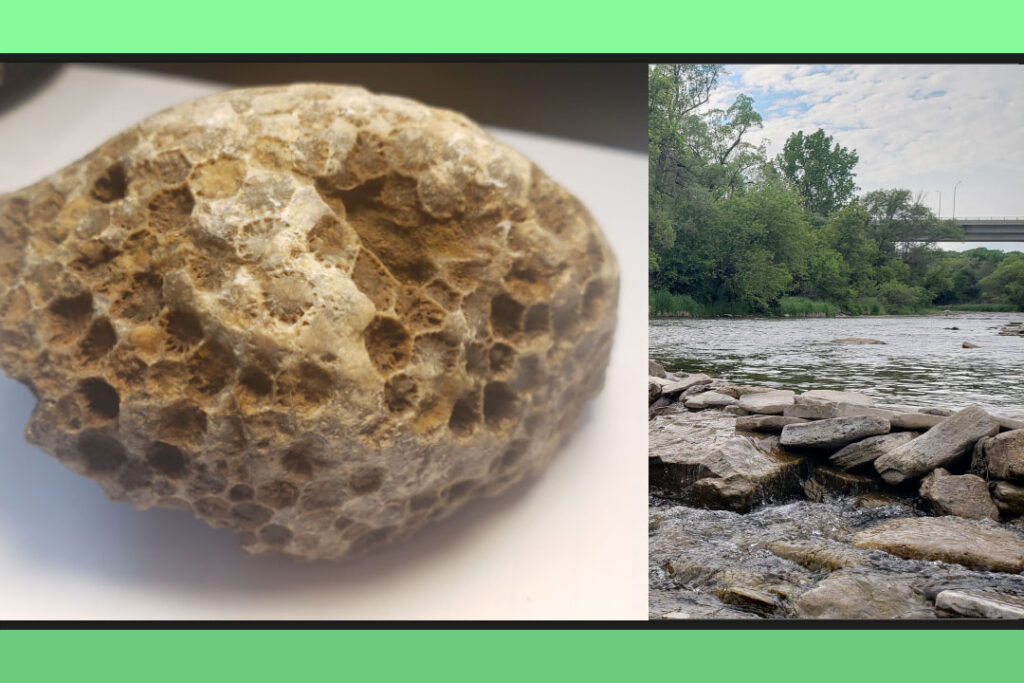
The most common type of fossils encountered on the visit were chunks of coral. Meaning there used to be an ocean in this area. Fossils have been found in the area dating back 415 million years from the Silurian age.
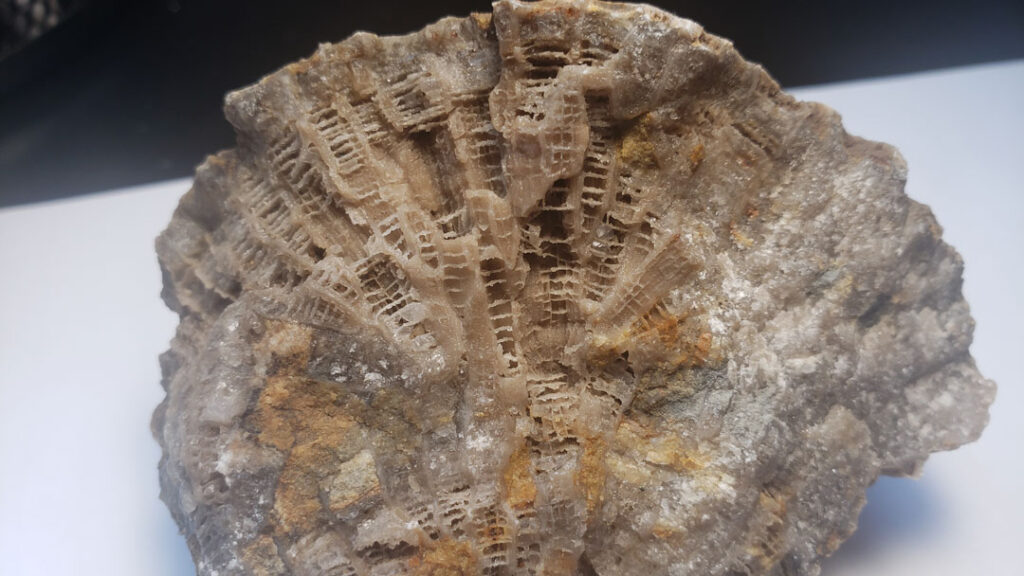
During the Silurian age, the sea levels were higher and continental elevations were much lower, causing most landmasses to be submerged in a vast ocean.
Reef mounds were plentiful across the endless ocean floors. In the North American Great Lakes region, there are subsurface tracts spanning 800,000 km; evidence of reef mounds throughout the surrounding area. This explains why coral was the most encountered fossil.
Brief History
Besides being home to thriving reef mounds in the Silurian Era. The Riverwood area’s first use by humans is by our Nation’s original first peoples. Riverwood Conservancy acknowledges that the land on which they operate is the territory of the Mississaugas of the Credit First Nation; the traditional homeland of the Anishinaabe, Wendat, and Haudenosaunee nations. The area of Riverwood itself was used as a trading ground.
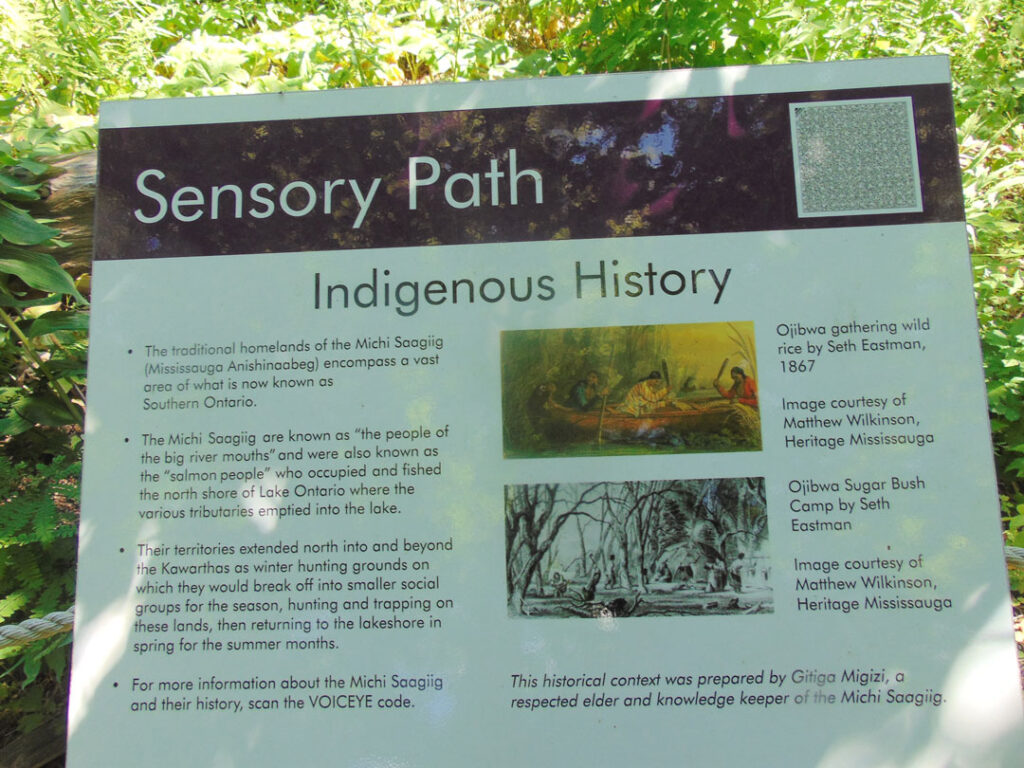
In 1818, the British government acquired the land along either side of the river; they wanted the tall white pines to rebuild their navy. In 1913, a Toronto lawyer, Percy Parker purchased the originally 200-acres of land as a summer retreat for his family. His wife, Ida named it Riverwood after the river and surrounding woods. When he died in 1936, she sold it off gradually until the park we know today remained. In 1954 Ida sold the remaining land to Grace and Hyliard Chappell, who upgraded and renovated the house. When Hyliard died in 1988, Grace sold the property to the Credit Valley Conservation Authority.

To learn more, take a visit to their website (see citations), or even better, a visit to the park itself.
Conclusion
This park is definitely beginner-friendly, family-friendly and dog-friendly. There is a low chance of getting lost since you will always encounter signage or other users of the park, and you will always have a signal since you are in a populated suburban area.
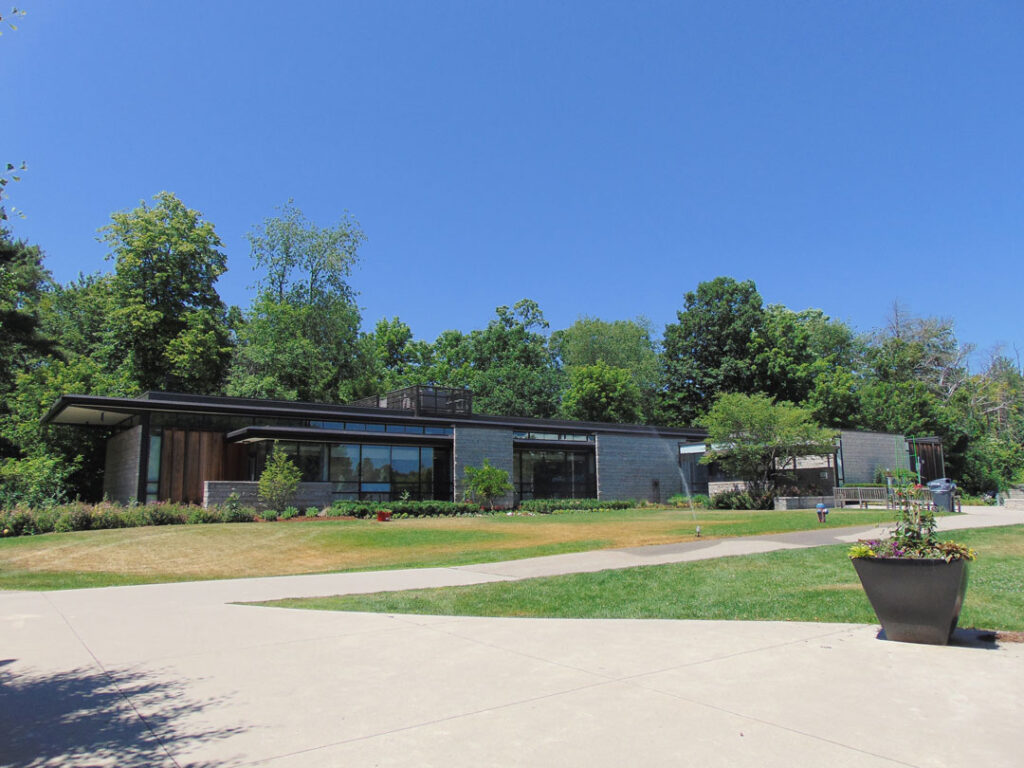
In the winter I would recommend proper gear, winter boots, wool socks, snow pants, the whole setup. If you don’t fancy walking on the side of the trails to avoid slipping on ice, bring an ice pole or ice spike covers for your boots for more stability. In the mid-summer be wary of toxic plants off the trails and by the riverbed.
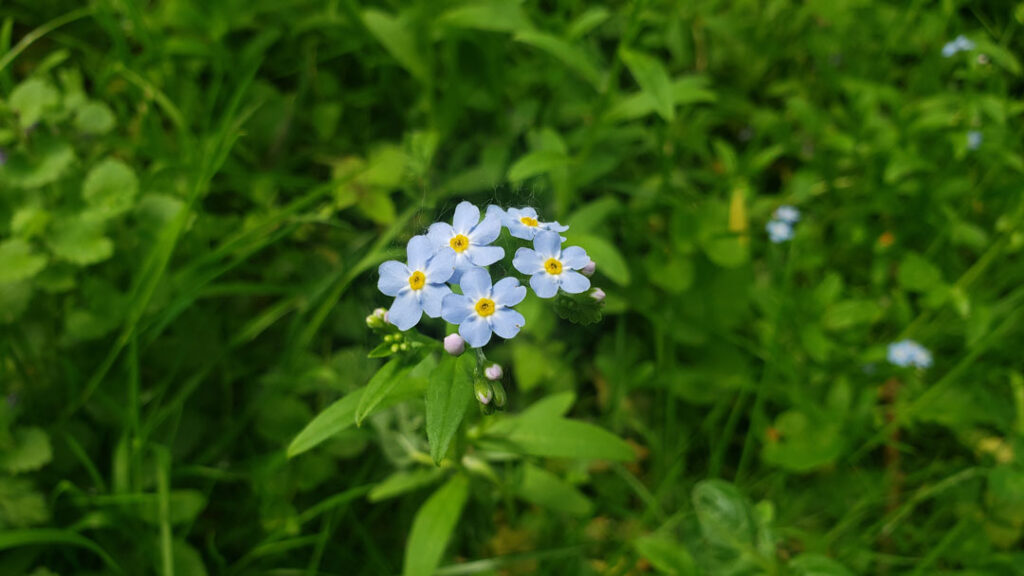
I would definitely recommend visiting Riverwood if you are in the Mississauga Valley area. You can fish, bike off-trail, go on a hike or bike through the connected parks along the credit river, take photos of wildlife and the scenic views, bring your family including fur babies, and enroll in the programs to learn something new or help conserve Riverwood. The choice is yours.
Citations
History of Riverwood. (n.d.). The Riverwood Conservancy. Retrieved from https://theriverwoodconservancy.org/history-of-riverwood/
Silurian Period. (n.d.). In Encyclopædia Britannica online. Retrieved from https://www.britannica.com/science/Silurian-Period
Conservation. (n.d.). The Riverwood Conservancy. Retrieved from https://theriverwoodconservancy.org/conservation/

0 Comments